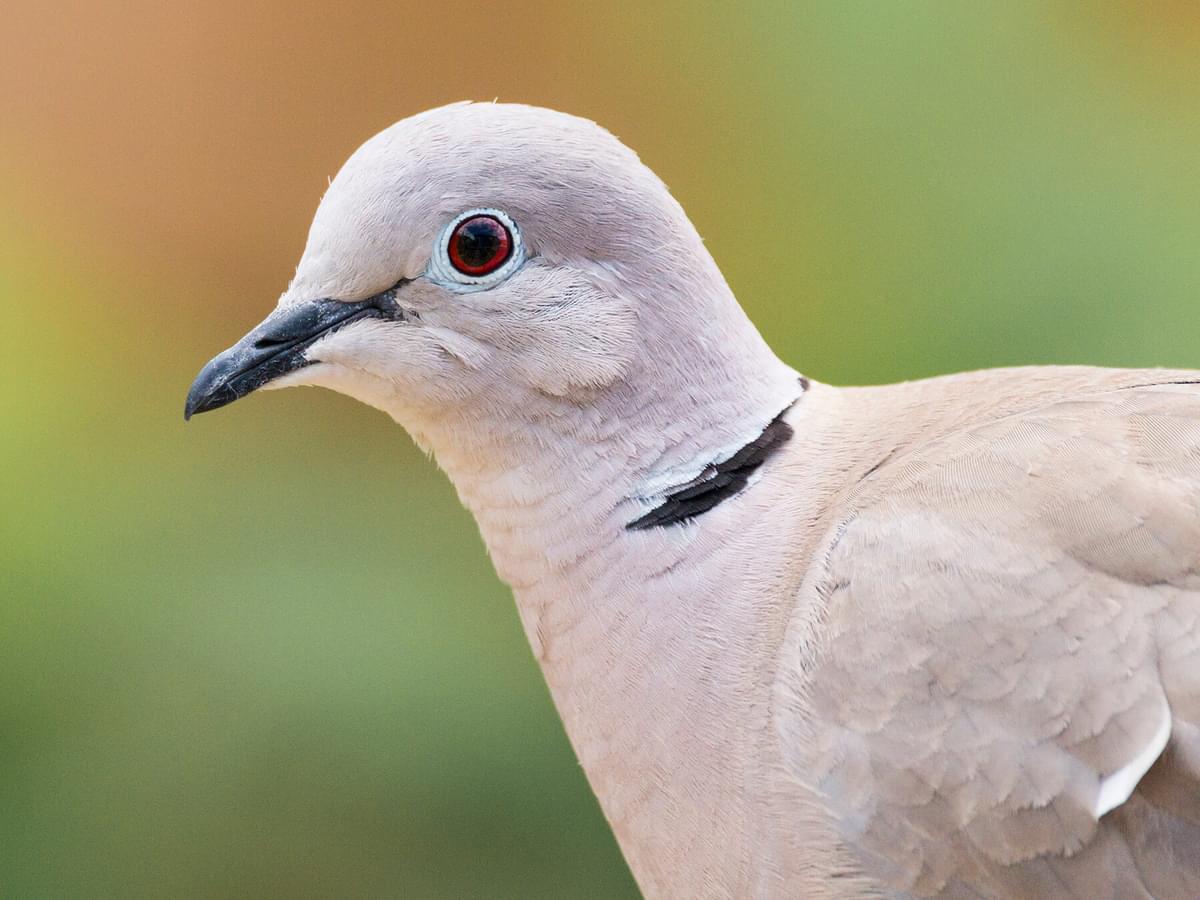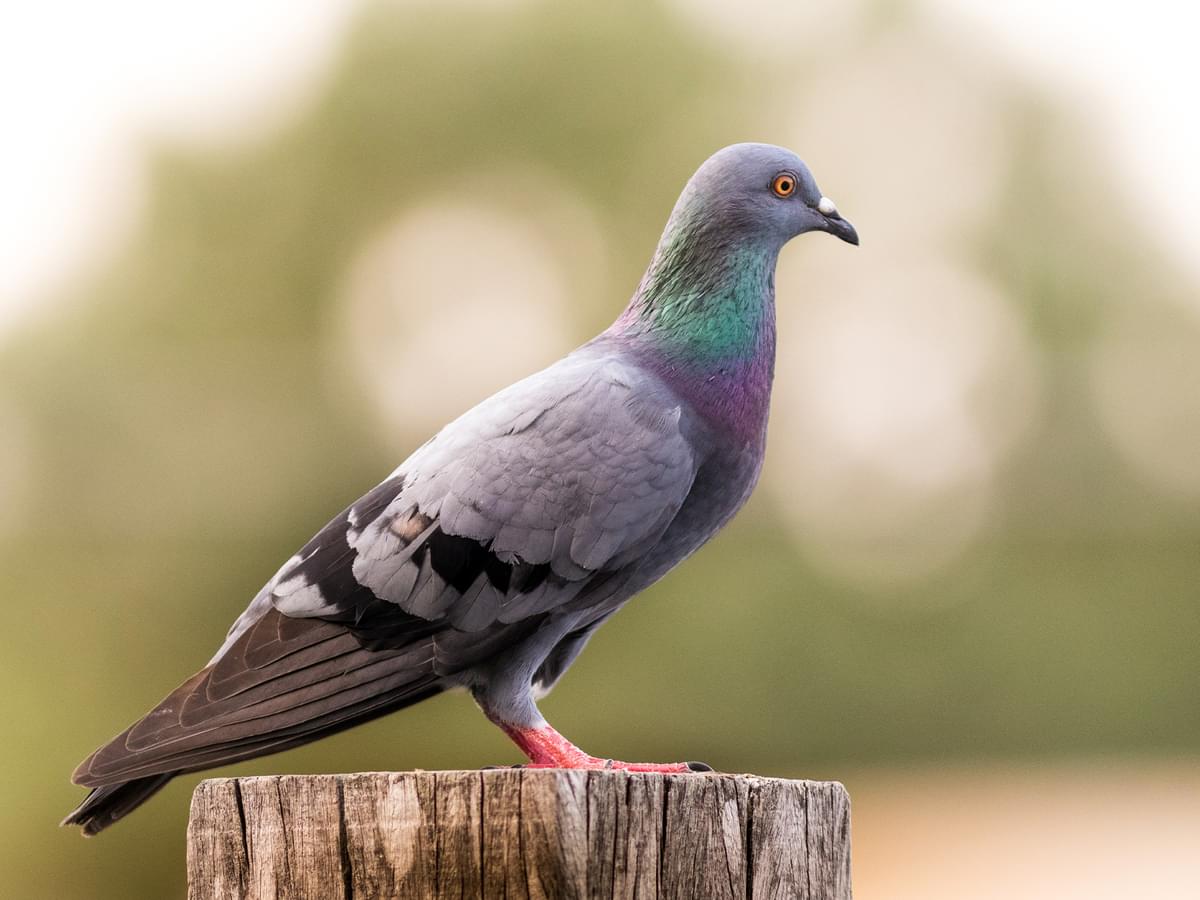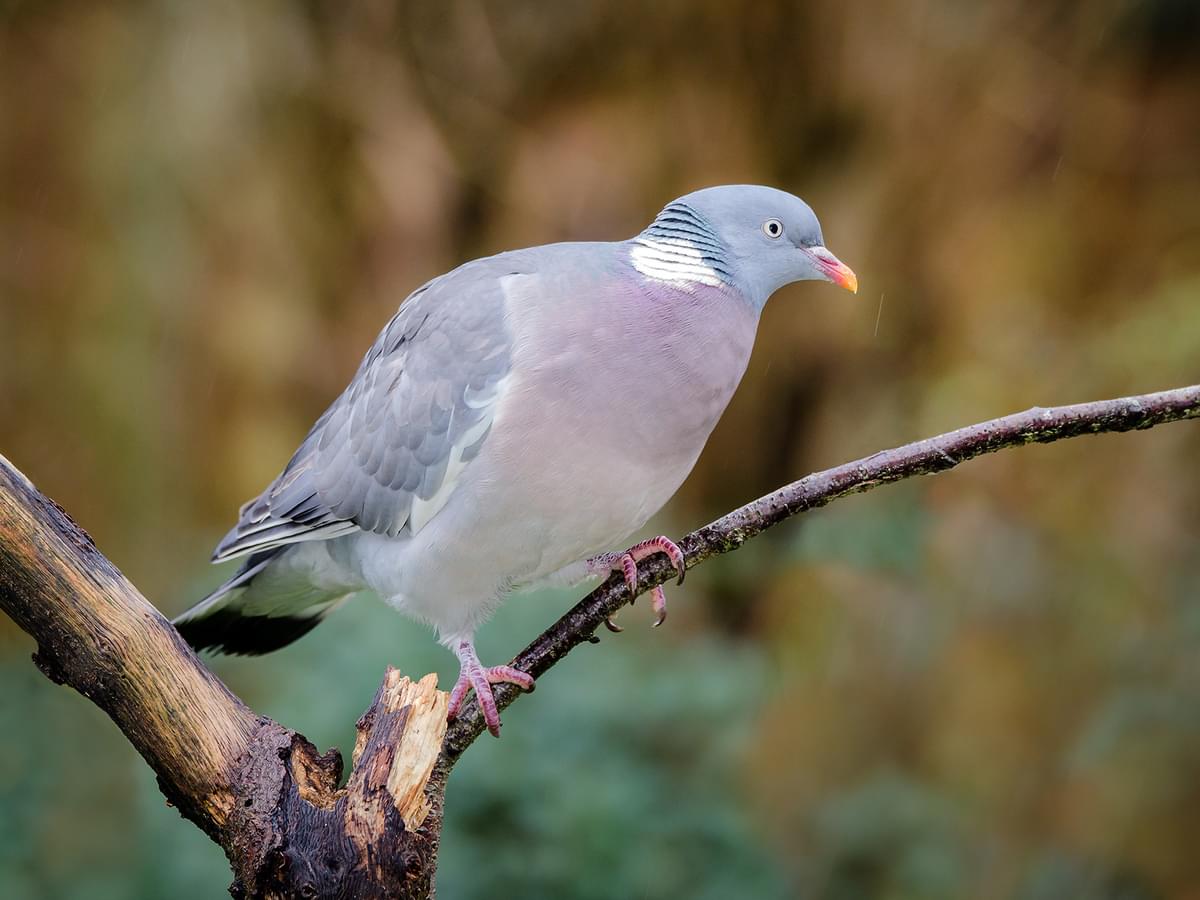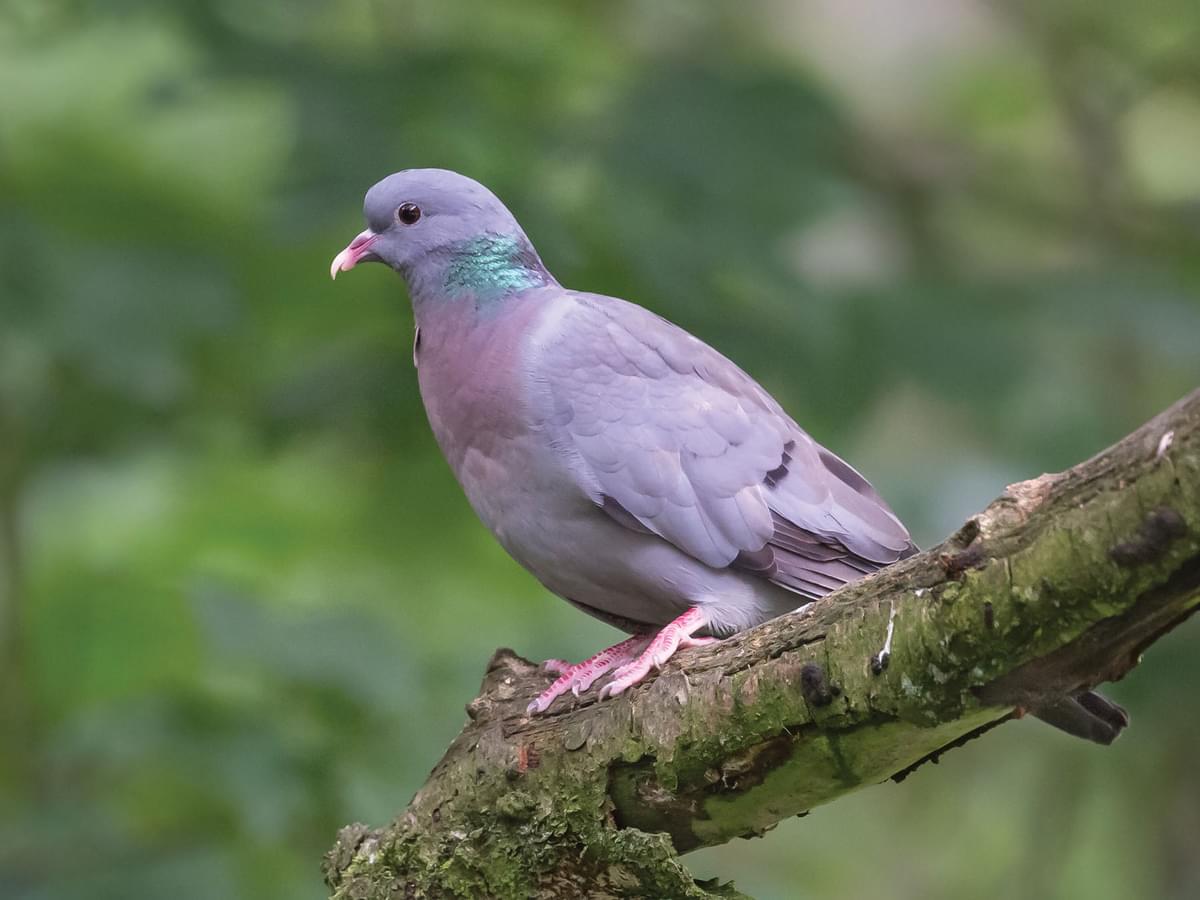Jump to Section
Are Doves and Pigeons the Same Thing? Decoding the Columbidae Family Mystery
Last updated: 8 November 2023
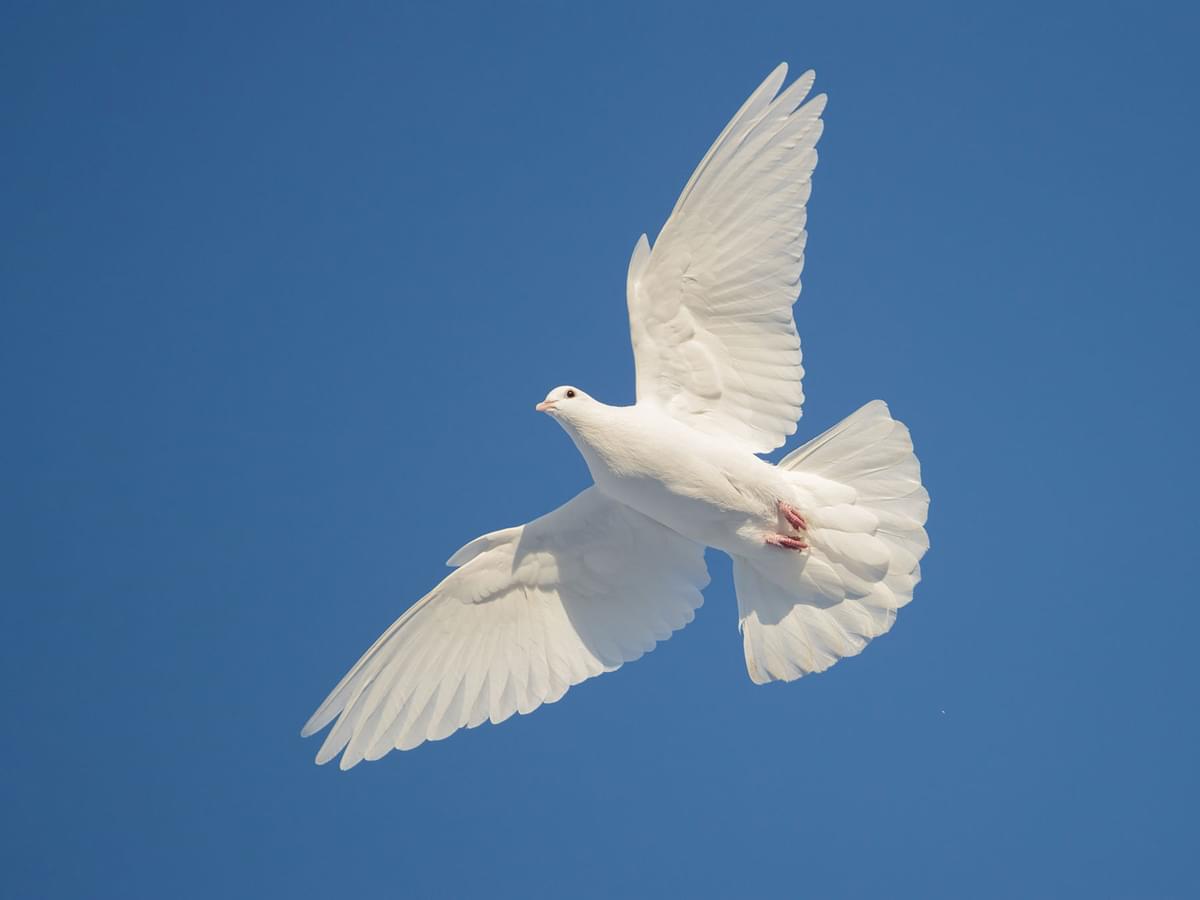
Key takeaways
- Columbidae Family Overview: Pigeons and doves belong to the same bird family with 300 species, sharing common features with no scientific difference in classification, although doves are generally regarded more favorably.
- Species Distinctions and Perception: While size and color variations exist, larger birds are typically called pigeons, and smaller, paler ones doves, reflecting cultural perceptions rather than biological differences.
- Roles in Human Society: Doves symbolize peace and hope in various cultures, while pigeons have been used historically for communication in wartime due to their homing abilities.
- Conservation and Appreciation: Despite being underappreciated, these birds demonstrate diverse and interesting behaviors, with some species like the turtle dove facing decline, highlighting the need for conservation awareness.
There's more to discover. Continue scrolling for the full article below.
Pigeons and doves are closely related members of the same bird family known as Columbidae, which includes around 300 different species of similar birds. Yet doves are often viewed with more fondness and almost revered, while pigeons have gained a reputation by many as urban pests, gathering in large flocks and creating a mess with their vast quantities of droppings.
So are there actually any clear differences between pigeons and doves? We’ll be taking a more in-depth look at these often overlooked birds, so read on to find out more.
Pigeons and doves share certain features and there is no clear distinction between the two. There are around 300 species in the Columbidae family worldwide, with characteristic rounded heads and bodies, soft feathers, short legs and distinctive cooing calls.
Generally speaking, the larger species are commonly referred to as pigeons while the smaller ones are known as doves. However, all birds in this family are believed to have originated from the same ancestor: the wild rock dove. As centuries have passed, many rock doves were domesticated and selective breeding has led to different varieties, color variants and habitats.

Pigeons and doves are classified under the same family, Columbidae

Close up of a white dove, which are in the same family as pigeons
Pigeon populations were introduced to the United States by European settlers, and have since become widespread and common across the country, particularly in cities and towns, where the most abundant and well-known species is the rock pigeon (Columba livia).
Scientifically and zoologically there is no precise difference in classification between doves and pigeons: they are one and the same, descended from the same ancestors and exhibiting closely related features and behaviors. Differences are purely based on human perception and generalizations.
So although doves and pigeons are essentially close relatives with many similar characteristics and one sole ancestral species, there are some clear differences in size and color among individual types.
We’ll be taking a closer look at some of the most common pigeons and doves, so please read on if you’d like to know more.

Close up of a Mourning Dove in flight
Differences Between Pigeons and Doves
The term ‘pigeons’ is generally used for larger, stockier members of the Columbidae family, while doves tend to be smaller and more delicate.
Doves are associated with a softer, more melodious cooing, almost purring, while pigeons are noisier birds, with more varied calls as well as the trademark cooing.
Plumage is another way in which people may distinguish between doves and pigeons.
- Doves are associated with the delicate, pale gray-brown birds.
- The darker gray or more colorful members of this family are usually classed as pigeons.
For example, rock pigeons frequently have an irregular plumage, in a range of blotchy brown, black, mottled white, purple, green and charcoal irregular patterning.

Doves are generally a paler color, and tend to be smaller and more delicate

Pigeons are usually darker, and a bit noisier on the whole
Similarities Between Pigeons and Doves
Both pigeons and doves are similarly unskilled at nest building, constructing flimsy, basic stick nests that frequently are unable to fully support their eggs and young.
Reproductive habits of both groups are similar, with a typical clutch of one or two white eggs laid, and then incubated by both parents in turn.
Young pigeons and doves, known as squabs, are initially fed on crop milk regurgitated by their parents, and grow rapidly in the nest, before fledging after around 5 weeks.
Pigeons and doves have a reputation as being attentive and protective parents, and baby doves or pigeons are rarely seen until they are the size of adults and ready to survive independently.
Pigeons and doves are strong, fast fliers. They feed chiefly on grain, seeds, fruit and vegetables, and are usually resourceful and able to survive in a wide range of habitats.

Both Doves and Pigeons are strong, fast fliers
Common Species of Pigeons and Doves
Mourning doves are the most widespread and abundant dove in North America, measuring 30 cm (12 in). Their plumage is a muted light brown, washed with a pinkish breast and some black speckling on their upper wings.
Collared doves are pale gray with a distinctive black collar. Introduced from Europe via the Bahamas, collared doves are widespread across the US, Canada and in western Europe. They are larger than morning doves, measuring 32 cm (12.5 in) in length.
European turtle doves are among the world’s best known doves and are highly migratory, but numbers have declined rapidly in recent years. They are native to Eurasia, and spend winters in Africa. With heavily mottled black and brown wings,and lighter pinkish underparts, turtle doves are known for their pretty, delicate plumage, and measure 25 cm (10 in).
Just to confuse matters, the world’s most widespread member of the Columbidae family, the rock pigeon, is also commonly known as the rock dove. These are now mainly city dwellers, and found in urban environments where they depend heavily on discarded human food scraps, but descended from wild rock doves that inhabited rocky ledges and uplands. They are also widely known as feral pigeons, and many different colorations exist, including gray, white, brick red and charcoal-black.
Native to Eurasia, the woodpigeon is the UK’s most common pigeon and is large and chunky, measuring up to 42 cm (16.5 in) in length. It is mostly gray, but has a bold white and greenish neck patch and a pinkish sheen to the breast.
Role in Human Society and Culture
Doves
Doves are perhaps best known as a symbol of peace, and are associated as spiritual messengers, bringing messages of hope and love.
Doves are strongly linked to the themes of hope and new life in the story of Noah in the Old Testament of the Bible, where a dove returns with an olive branch after the flood waters have receded. Doves are also widely associated with weddings and funerals, representing long-lasting love.
Pigeons
Pigeons have their place in history and culture too, used as important messengers during times of war. Their strong homing instinct was tapped into by Ancient Egyptians who used pigeons to transport messages and warnings, including flood alerts.
Hundreds of years later, carrier pigeons were officially introduced during World War I and World War II to deliver military information between soldiers on the front line and army generals.

Close up of a European Turtle Dove
Summary
The simple answer to the question ‘Are doves pigeons?’ is yes, they are. All pigeons descended from doves, but there is no strict or scientific division in the Columbidae family and the two terms are used interchangeably.
Smaller, paler and more delicate family members are usually referred to as doves, while larger, noisier, chunkier birds are generally known as pigeons.
With 300 different species of doves and pigeons, it is hard not to find something unique and interesting among their habits, behaviors and symbolic meanings. It’s all too easy to dismiss these talented racers, with impressive recall and as ‘just a common gray pigeon’.
But next time you spot one, take a moment to appreciate their shimmering iridescent feathers, their heritage as important messengers during the World Wars, and their impeccable attentiveness as parents.

A pair of perched Woodpigeons
FAQs
Do pigeons and doves make different sounds?
Doves tend to produce softer cooing calls than the louder, more grating sounds made by pigeons. Dove calls are generally thought to be more melodious and easier on the ear than the loud repetitive cooing of a pigeon.
Can pigeons and doves interbreed?
In the wild, interbreeding between doves and pigeons is rare, but hybrids do occasionally occur, particularly in birds that are kept in captivity and share the same enclosures.
Are white pigeons and doves the same thing?
The white doves that are often used at ceremonial dove releases for weddings and funerals are actually usually white homing pigeons. These are chosen due to their instinct to return to their home location after being released
Are pigeons descendants of doves?
The terms ‘pigeon’ and ‘dove’ are often used interchangeably to describe different species based on their appearance, size and behavior. All doves are considered to be pigeons, and pigeons are descendants of ancestral doves.
The most common pigeon species, the rock pigeon (Columba livia) is believed to have descended from the wild rock dove, which is considered to be the ancestor of many domestic pigeon breeds.
Years of domestication and selective breeding have led to the development of different pigeon and dove breeds, with birds of different coloring, size and plumage.

